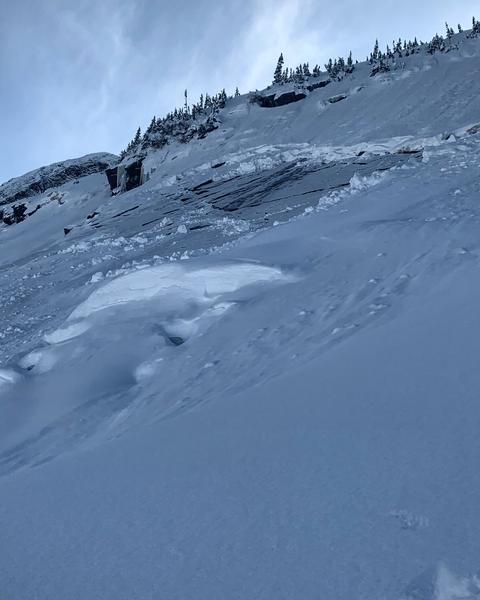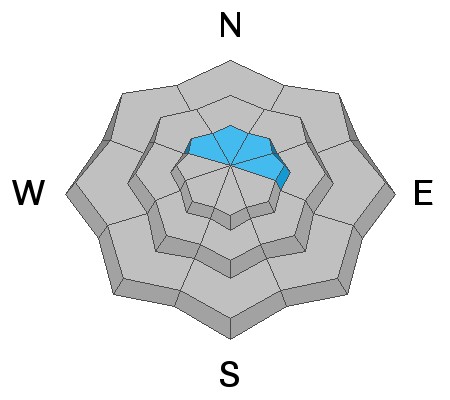New blog post-Landmines -
With permission, we are reprinting a recent piece of correspondence from an Army officer who is frequently deployed to the middle east. Drew spent time in the middle east as a naval intelligence officer in Desert Storm in the early 90s.
Thanks to the generous support of our Utah ski resorts and Ski Utah, we have discount lift tickets available. All proceeds from these go towards paying for avalanche forecasting and education! Get your tickets
here.
This morning temperatures are cold at trailheads, hovering right around 0 F to low single digits. Ridgetop temperatures are in the negative single digits. Winds are northerly to northwesterly averaging in the mid-teens with gusts into the upper 30 mph at ridgetops.
Since yesterday, the mountains picked up another trace-2" of snow and the winds switched from the south and southeasterly to a cold northwest flow.
Today, temperatures should remain cold in mid to upper teens, with a wind chill in the single digits. The wind speeds will remain calm at lower and mid-elevations but could continue to gust above 30 mph at ridgelines. Skies will be broken with few small flurries but no real snow accumulation. Skiing and riding conditions remain excellent on all aspects and elevations but for some slight sun/green housing damage on steep southerly aspects.
Our Week in Review - summarizing the significant weather and avalanche events of the past week - can be found
HERE.
Yesterday there were a few more reports of sluffing and soft slab avalanches on very steep slopes, above 40 degrees both in the backcountry and in the resort. Across the board, these sluffs and shallow soft slab avalanches were generally running in the old-snow interface on a bed surface comprised of temperature crusts and old wind slabs. While still being triggered, the sluffs are moving more slowly than the days prior.
Below is a point release triggered in
Yellow Jacket which ran 800' down. See full observation on cycle in Millcreek and Alexandar Basin area. (Photo: Wilson/Gagne)
On Wednesday a snowboarder unintentionally triggered a storm slab in Dutch Draw roughly a foot deep and 150' wide. Yes,
that Dutch Draw, the site of the fatality on the 15th and then kite-ski triggered avalanche a couple of days later. This avalanche was on east-northeast facing terrain at 10,000'. See the video below and full avalanche observation
HERE.
Yesterday a glide avalanche was reported in Broads Fork of Big Cottonwood Canyon on the
Diving Board, in the same area
previously reported this year. This avalanche was on a NE aspect between around 9500'. These are outlier events that typically don't happen until spring or under spring-like weather conditions. We don't understand
glide avalanches very well and don't know why two occurred yesterday. What we do know is that these two slopes are ones that often produce glide avalanches in the spring. (photo M. White).










